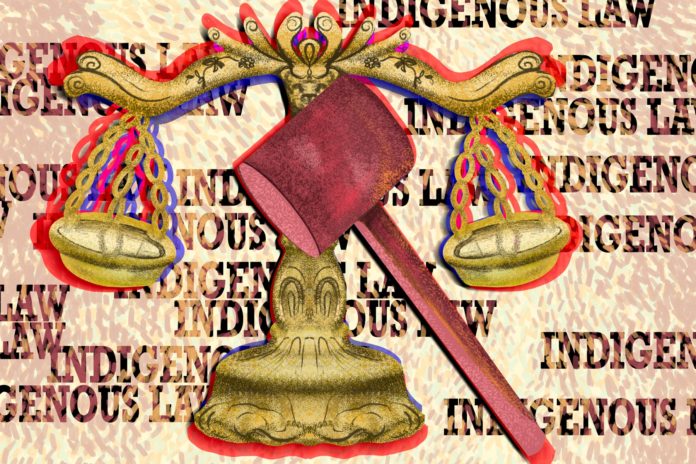
Students graduating this year from Dalhousie University’s Schulich School of Law in Halifax, N.S. can obtain a Juris Doctor (JD) certificate of Aboriginal and Indigenous law.
Students who chose to complete the specializations’ necessary credits will graduate with an understanding of Indigenous governance, Mi’kmaq legal traditions, and residential school settlements, among other subjects.
Dakota Bernard, a Mi’kmaq student from Wagmatcook First Nation, Cape Breton Island, is one of several students receiving this certificate upon graduation this year.
Bernard served on Dalhousie’s TRC Implementation Committee as a student representative and is co-president of the Dalhousie Indigenous Law Students Association.
He said the certificate is meaningful to the Mi’kmaq Nation and that it has equipped him to bring positive change to both his community and his people.
“Being able to have that knowledge, that lens, allows you to tackle these issues in a better way and in a way that, when you’re looking back at history, you learn what has happened and we’re able to move forward in a much better way,” Bernard said.
As the first person in his community to receive the certificate, Bernard said he aspires to represent his community well.
“I want to definitely be that role model that I didn’t get to have in my community,” he said.
First introduced in fall 2020, the certificate was crafted in response to the Truth and Reconciliation Commission (TRC)’s 2015 Calls to Action aimed specifically at Canadian law schools.
The TRC’s Call 27 says lawyers must receive cultural competency training on issues such as the history and legacy of residential schools and the United Nations Declaration on the Rights of Indigenous Peoples.
Call 28 requests law schools in Canada to require students to take courses on these topics. Constance MacIntosh is a law professor at Dalhousie, with a focus in Indigenous health governance. She said these courses are important because the law has oppressed and harmed Indigenous peoples.
The certificate addresses the importance of understanding legal concerns that are affecting Indigenous communities, she said.
“The law has done a great deal to oppress and harm Indigenous peoples and we’re being called upon to take direct action to help reconcile the problems that we helped to create,” MacIntosh said.
As a faculty member on Dalhousie’s TRC Implementation Committee, MacIntosh spent two years conducting consultations with faculty, students, alumni, and community members to come up with a list of concrete steps toward meeting the TRC’s Calls to Action.
The certificate in Aboriginal and Indigenous law was ultimately implemented in response to the committee’s recommendations.
“There’s all these Canadian and provincial laws in place which affect Indigenous peoples which they haven’t necessarily been a part of generating,” MacIntosh said, “and it affects them differently, in part because of that lack of representation and in part because there’s often a real cultural disjuncture between the laws and the people.”
Armand Paul, a Mi’kmaq Schulich School of Law 2020 graduate from Membertou First Nation, Cape Breton, said the certificate is invaluable for both Indigenous and non-Indigenous lawyers.
He said he wished it had been available while he was studying law at Dalhousie.
Paul said he thinks this certificate will prepare lawyers to competently understand the complex relationships between Indigenous peoples and the legal system.
While the certificate provides non-Indigenous students a specialized knowledge of Indigenous law and legal principles, it also gives aspiring Indigenous lawyers a better sense of how law affects their communities.
“I think it’s going to be really beneficial to the Indigenous people in Canada,” Paul said. “They’re going to be finally understood in a different context from a population of people that may have not always understood them in this way.”
Featured image by Sara Mizannojehdehi.





